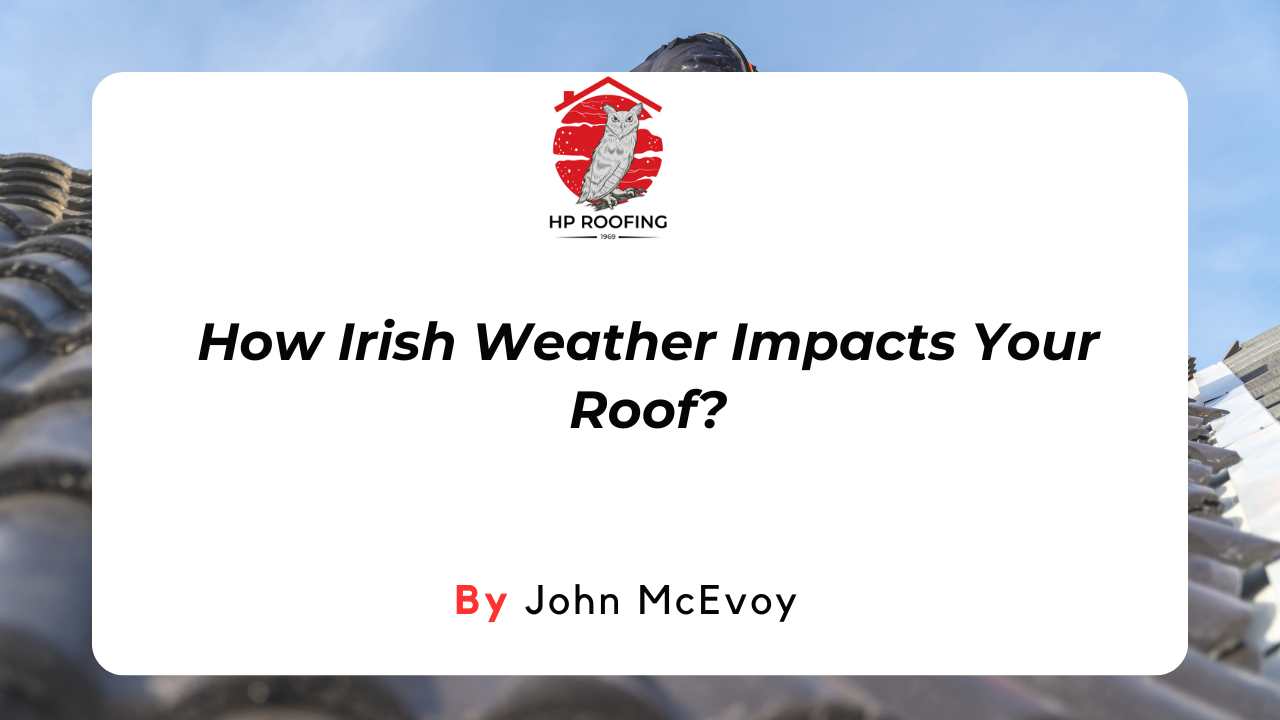Your home's roof is its first line of defence against the elements, yet, ironically, it's also the most susceptible to damage and deterioration.
Over time, numerous factors can contribute to a roof's weakening and potential collapse. Understanding these factors and spotting the early warning signs can prevent a disaster, ensuring the safety of your home and loved ones.
In this comprehensive guide, we're tackling a subject vital to every homeowner's peace of mind: recognising the signs of an impending roof collapse.
Unveiling the Culprits: Causes of Roof Collapses
Several factors can push a roof to the brink of collapse. Here's an in-depth look at these culprits:
- Ageing: As with everything, roofs have a lifespan. Over time, the materials break down, and the structural integrity decreases.
- Improper Roof Design: Inadequate design can lead to poor weight distribution and drainage, causing significant stress on the roof.
- Substandard Construction Materials: Low-quality materials are less durable and more susceptible to weather damage, leading to a shorter roof lifespan.
- Environmental Stressors: Severe weather conditions like heavy snowfall, strong winds, and storms can cause excessive strain on the roof.
- Neglect and Lack of Maintenance: Regular maintenance helps identify and fix minor issues before they become major problems. Neglecting this can accelerate a roof's deterioration.
Decoding the Signs of an Impending Roof Collapse
Below, we delve into the critical signs that could indicate your roof is on the brink of collapse:
- Sagging Areas: Look for visible dips or sagging areas on your roof. These are often the first signs of structural weakness.
- Leaky Roof: Chronic leaks are a red flag. If left unchecked, the water can weaken the roof structure, leading to a potential collapse.
- Cracks in Walls or Ceilings: The interior walls or ceilings can indicate an overstressed roof structure.
- Doors or Windows that Suddenly Stick: If your doors or windows that used to work fine suddenly start sticking or are hard to open, it may be a sign of shifting structure due to roof stress.
- Deformed or Bowed Support Structures: If the support structures appear deformed or bowed in your attic, it signifies roof distress.
- Sounds of Creaking or Popping: Unusual sounds like creaking, cracking, or popping could suggest that your roof is straining under pressure.
- Roof Material Debris: Finding shingles, tiles, or pieces of flashing in your yard could be a sign of roof deterioration.
- Water Stains on Ceilings or Walls: Persistent water stains could indicate chronic leaks damaging your roof structure.
- Gutter System Damage: Damaged or overloaded gutters can lead to water seeping into the roof structure, causing potential damage.
- External Deformities: Any visible bends, ripples, or deformities on the roof surface are definite signs of structural issues.
Advanced Warning: More Indicators of a Roof on the Brink
As well as the signs above, other indicators of a potential roof collapse exist. These include:
- Increase in Energy Bills: If you notice a sudden spike in your heating or cooling costs, your roof's insulation may be compromised.
- Mould Growth: Persistent damp conditions in your attic can lead to mould growth, which is indicative of a roof leak.
- Light Visible through Roof Boards: If you can see the light coming through your roof boards when you're in the attic, it's a sure sign of holes in the roof - a critical issue that needs immediate attention.
Shielding Your Home: Proactive Measures for Roof Safety
Understanding these signs is only the first step. Here's what you can do to ensure your roof's longevity:
- Regular Inspections: Have your roof inspected by professionals regularly to catch any potential issues early.
- Timely Repairs: Don’t ignore minor problems. A small leak or a missing shingle today can lead to significant damage tomorrow.
- Proper Maintenance: Clean your gutters, remove debris from your roof, and ensure proper ventilation to prevent damage.
Conclusion: Knowledge is Your Best Defence
A roof collapse is a serious issue that can cause enormous damage, not to mention the potential risks to your family's safety. But you can avert such a disaster by recognising the signs of an impending roof collapse and taking proactive measures.
Remember, your roof is your home's first line of defence against the elements - it pays to keep it in top-notch condition.
















